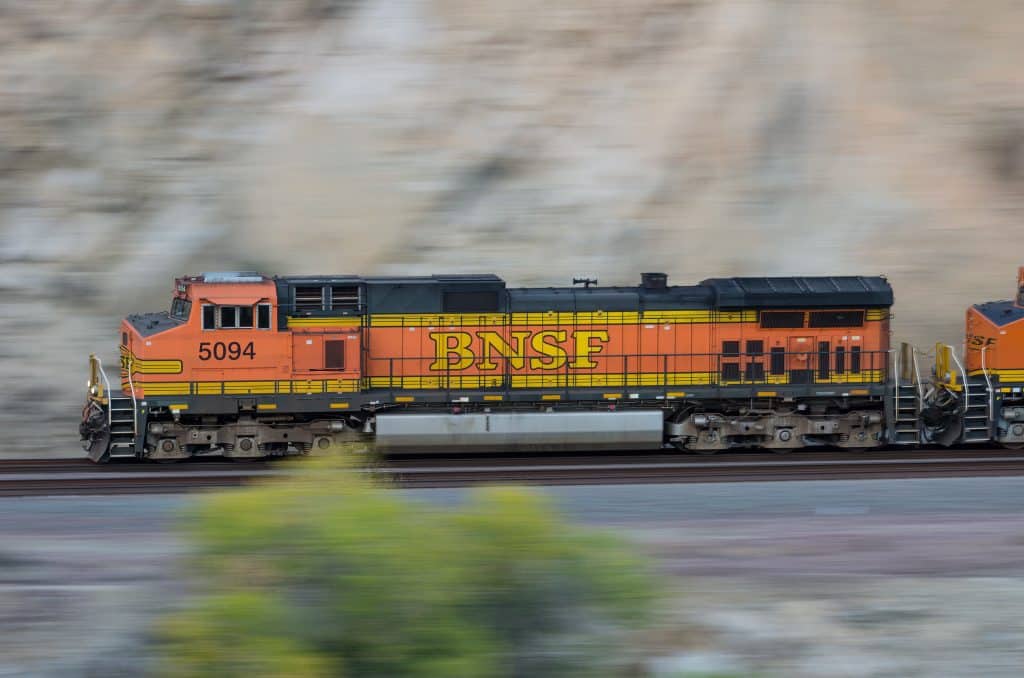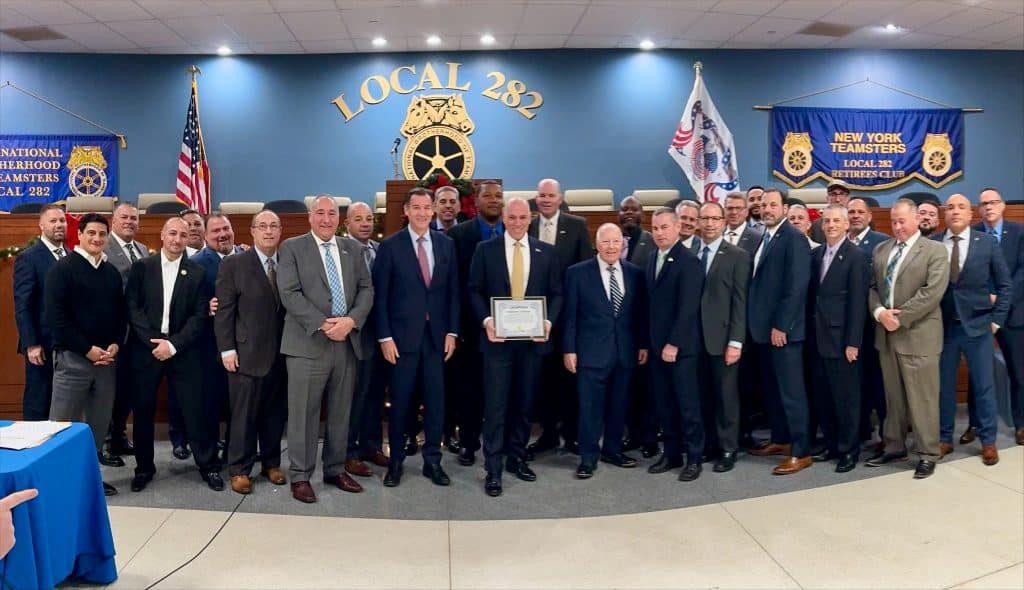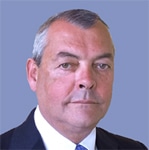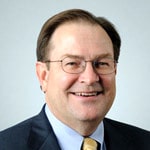In November, SMART-TD members voted — with approximately two-thirds in favor — to ratify a tentative agreement the Transportation Division reached with BNSF in September.

“This agreement our general committees have reached with BNSF continues to show the strength of our union’s leadership. Together we have made unprecedented inroads on attendance and quality-of-life issues — an area carriers had no interest to collectively bargain,” said SMART-TD President Jeremy Ferguson. “We have cleared the way for our members on BNSF to expect predictability in their work rest schedules, while at the same time securing proper compensation on a variety of issues that were not agreed to in past rounds of national negotiations. It was long overdue that these issues be addressed. I’m very proud of everyone’s efforts to get this accomplished.”
Negotiations with BNSF under Articles VI and VII of the National Rail Agreement began in January following wide national attention on rail labor’s fight to improve rail workers’ quality of life. The tentative agreement with BNSF was reached by the eight affected SMART-TD general committees months later; votes were cast through the month of October and tabulated on November 2.
The general chairpersons involved include GO 001’s Mike LaPresta, GO 009’s Scott Swiatek, GO 017’s Rich O’Connell, GO 020’s Justin Schrock, GO 386’s Larry Miller, GO 393’s Kevin Kime, GO 577’s Roy Davis and Tony McAdams from GO JTD.
Under the next phase of this process, SMART-TD and BNSF will begin implementing the agreed-upon changes. Members who are eligible for additional vacation will have the opportunity to schedule that vacation in 2024. Implementation of other provisions of the agreement will take place over the coming weeks and months.
“We would like to thank our members for their patience throughout the negotiation process, and for casting their votes,” the eight general chairpersons of the involved committees said in a joint statement. “The overwhelming approval ratings prove that our members see the value in this agreement. We were determined to obtain meaningful improvements to our working conditions, and this agreement does exactly that. While our fight is never over, we are confident that this will serve as a substantial step in the right direction.”
The general chairpersons also expressed appreciation to Vice President Joe Lopez, who helped lead negotiations, along with Vice Presidents Chad Adams and Jamie Modesitt.
“Our general chairpersons showed exemplary leadership and cohesion through the up-and-down nature of these discussions,” the three vice presidents said. “We congratulate them on their accomplishments and commend them on their focus on what matters — improving the quality of life and working conditions of our members.”




